The Covid-19 pandemic has resulted in widespread economic uncertainty all around the world. This uncertainty and the pre-Covid US-China trade war have severely impacted the global economy, with many countries adopting protectionist measures.
This includes significant economies such as the US, European Union (EU), United Kingdom (UK), Japan, India, etc. Although the policies and regulations introduced by these nations have different forms, the idea underpinning them is uniform. To save the domestic industries from foreign competitors, especially when the global value chains are undergoing massive changes.

Many countries have resorted to the plausible policy of ‘protectionism’ – which involves placing restrictions on imports. Measures such as trade barriers, tariffs, and quotas are used with the primary objective of shielding domestic industries from outside competition.
Although this approach is not a novel one and has been adopted throughout modern history. Its feasibility is often questioned in a globalized world where economies are interconnected and interlinked.
The Rise of the Chinese Economy
When we talk about protectionism and trade barriers, it’s pertinent to analyze China’s journey of becoming the economic behemoth it is today.
In 1979, China opened up its ways towards a more liberal market-based economy. However, it did so by selectively liberalizing its economy by opening only selected sectors to foreign investors. Moreover, it encouraged foreign trade and investment, although driven by mercantilism – to promote exports more than imports. These protectionist measures helped China to accumulate foreign exchange and wealth.
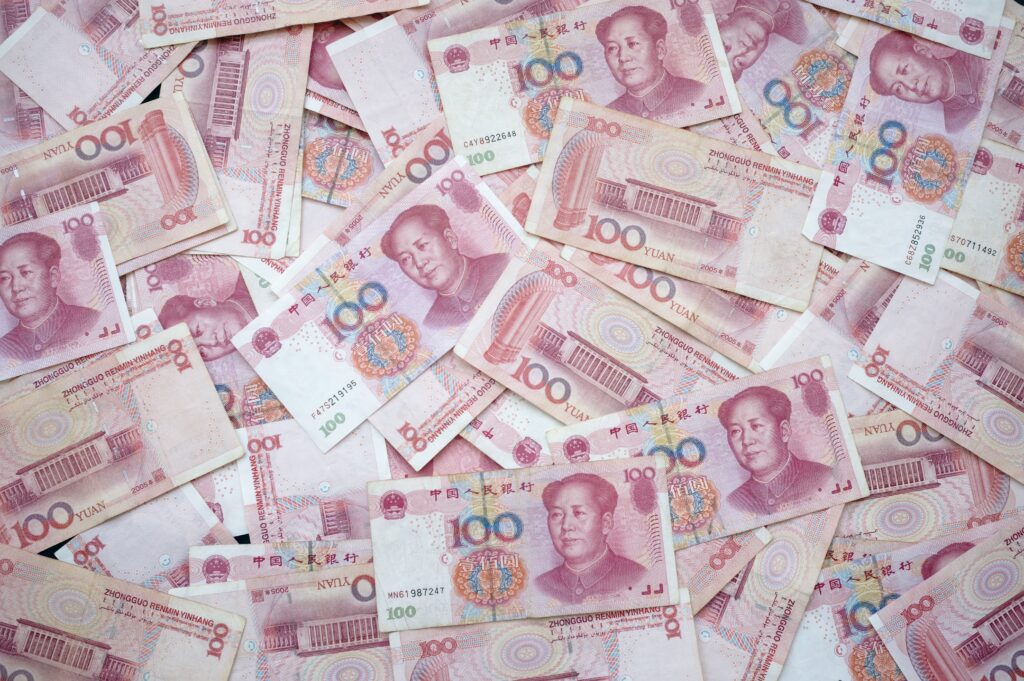
It offered special concessions to industries promoting exports in the form of duty-free imports of raw material, special zones for export promotion, readily available loans, favourable exchange rate regimes, etc.
It also put up adequate safeguards from foreign investors – they were encouraged to set up their units jointly with local Chinese firms to reap the benefits accruing from the export promotion zones.
Even this access often comes with many strings attached. For example, it often forces foreign companies to transfer the technology to allow them to invest in the world’s most lucrative market. Even though forced technology transfer has been forbidden in China’s accession agreement with the WTO.
Post-WTO Accession

Even though China has further liberalized and reduced the trade barriers since its accession to the World Trade Organization (WTO) in 2001, it still continues to impose trade barriers in many sectors.
It is often accused by many countries of carrying out unfair trade practices. Such as restrictions on foreign equity, intellectual property thefts, currency manipulation, etc., which are barriers to free trade. Since 2005, almost 40% of the complaints recorded by WTO regarding export subsidies are against Chinese firms.
All this has played a significant role in the country’s economic transformation. It increased employment, led to better wages for domestic workers, and started foreign capital and technology inflow, which aided China’s infrastructure and technological growth.
On the one hand, China restricts other countries’ access to its own market. But, on the other hand, it can extract commercial benefits by economically engaging with other economies. This has been accentuated by the world’s increasing dependence on China, best visible in the Covid-19 induced lockdowns and the resultant shortage of various products.
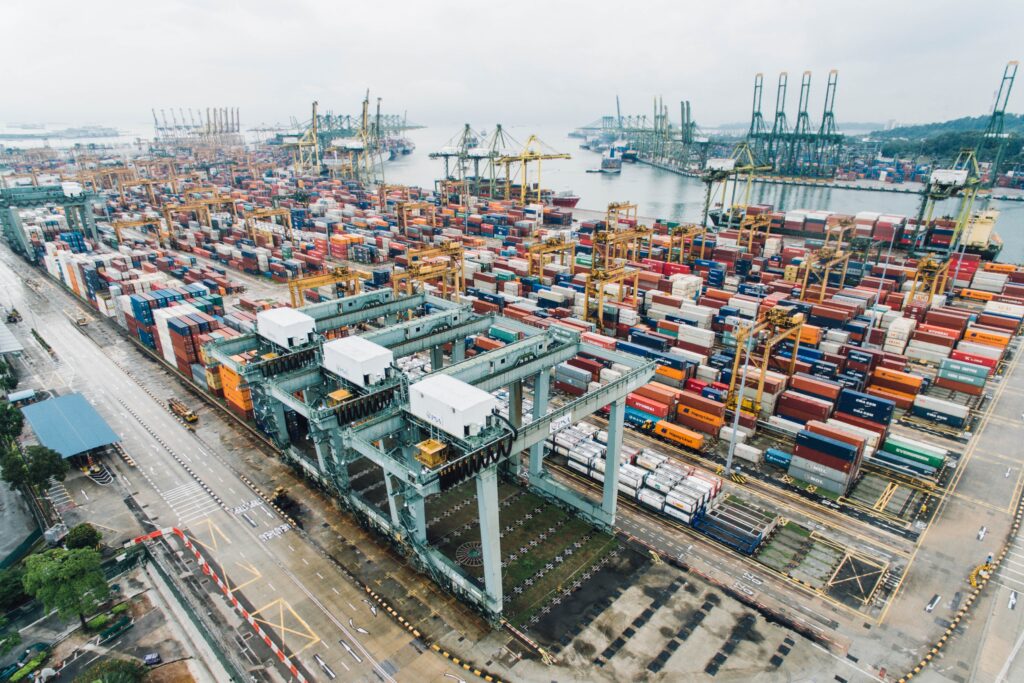
Therefore, as long as it continues to reap the benefits of the selective liberalization approach, China will be unlikely to transition towards a more transparent, fair and rule-based economic system. And therefore, it cannot be denied that the protectionist policy environment and selective liberalization approach have contributed to China’s economic growth.
US-China Trade War
Former US President Donald Trump took cognizance of the trade deficit the US has with many countries, including its allies. But the most comprehensive trade deficit it had was with China. Therefore, to minimize US’ trade deficits and rejuvenate the American economy, Mr. Trump started his protectionist measures. This involved increasing tariffs on imports from many nations, including Canada, India, the EU, etc. – all its essential allies.
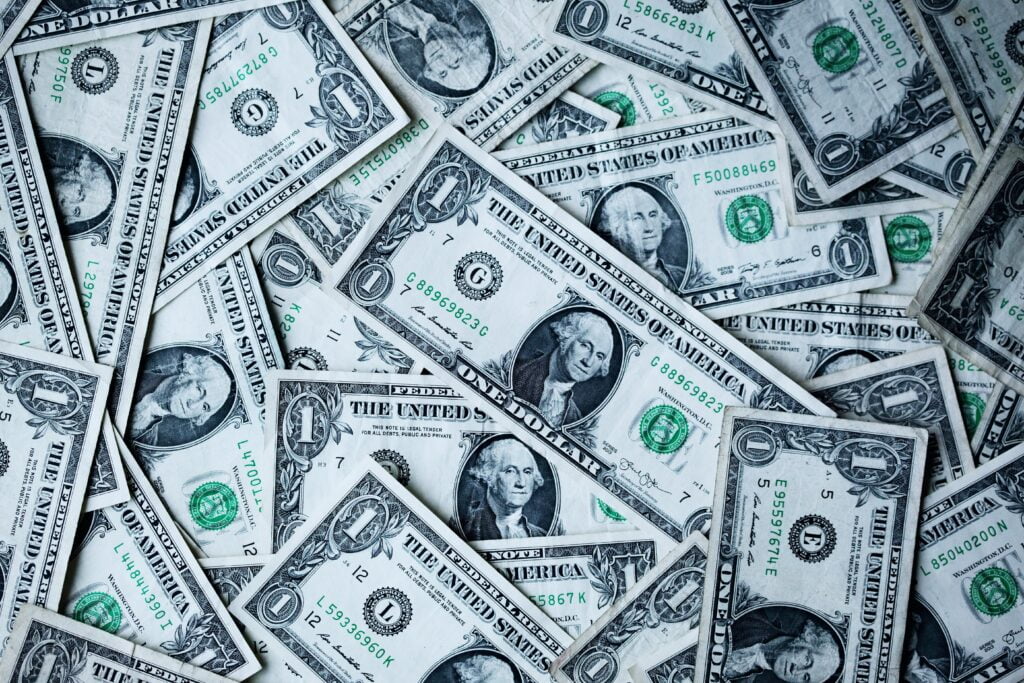
But the most significant tariff increase was applied on imports from China, who in turn used retaliatory tariffs on US imports into China, starting what experts called a ‘Trade War’.
Even though China’s share in the trade deficit was reduced because of the tariffs. The overall trade deficit of the US increased from $735 billion in 2016 to over $900 billion in 2020. Interestingly, during the pandemic, even the imports from China which were showing declining trends reversed and started increasing. They were 46% higher in the first half of 2021 than in 2020.
Thus, this trade war had a wide-ranging impact on the US economy, majorly negative. It resulted in the significant contraction of economic activities.
Impact of Trade War on the US

The rising cost of imports because of increased tariffs also increased the cost of production in the US industries, which often harmed their production and led to job loss.
Retaliatory tariffs by other countries impacted the demand for US products in those countries. They, therefore, restricted US exports, ultimately harming the workers in US industries.
Therefore, rather than improving the competitiveness of US products, these tariffs resulted in a net decline of $23 billion in exports.
Mr. Trump claimed that China would pay for the increased tariffs. However, the imported items became costly now, which US consumers eventually had to pay for. Moreover, industrial production also experienced a decline because of the tariffs and supply chain interruptions negating President Trump’s “blue-collar boom” promised.
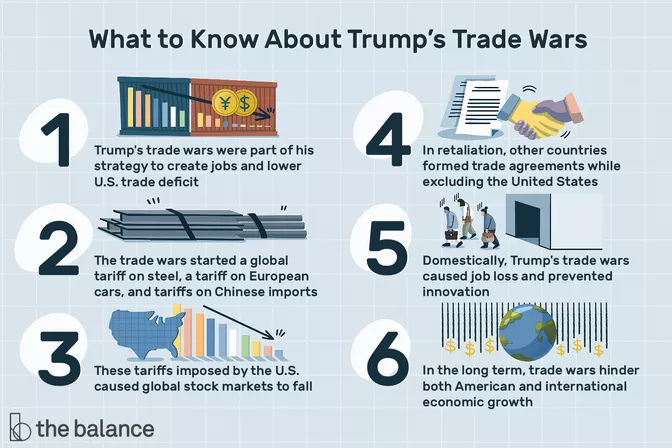
Geopolitical Impact
And while the tariffs may have brought some nations to the negotiating table, they have also played a key role in pushing away other potential partners. Countries generally prefer partners whose policies are predictable and stable. Moreover, US tariffs on its closest partners like Canada, EU, India have also undermined a broader and closer multilateral economic alliance against China’s disruptive trade practices.
Moreover, many restrictions on imports are on high-tech products such as semiconductors, etc. The growing dependence of the US to import these critical products from China has nudged the former to reduce this dependence. Therefore, it has resorted to protectionist measures. A great example of this is the banning of Huawei equipment for 5G technology in the US.
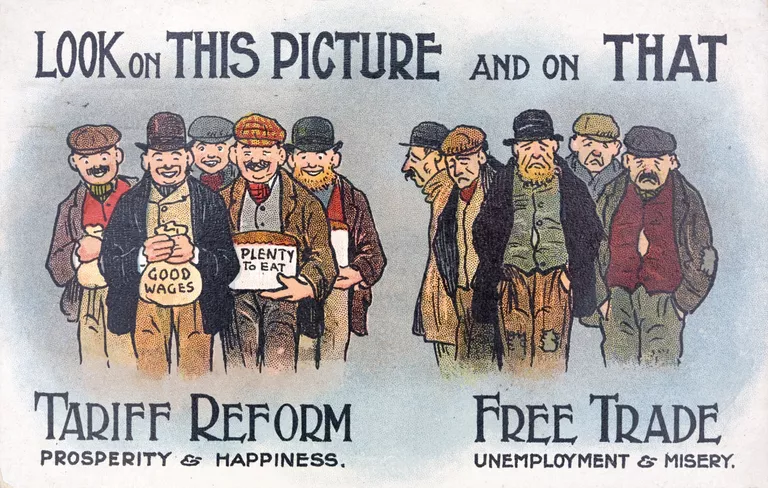
Conclusion
Thus, protectionism has been one factor that has helped China become an economy second to only the US. But on the other hand, the trade war between them has only increased uncertainty in the political and economic environment. Which has been further compounded by the Covid-19 pandemic.
Protectionism goes against the free-market principle as it shifts the incentive towards political and not commercial objectives.
Therefore, in the words of Wen Jiabao, former Chinese Premier, “A nation that shuts it’s door to the world is bound to fall behind.”
Read more about Covid and its impact on the Labour market here!
About the Author:
Ayush Gala

Apart from being a percussionist and a cricket enthusiast, it’s the unfolding tumultuous events of Geopolitics and International Relations that give Ayush the adrenaline rush he craves for. So naturally, he is pursuing his Master of Arts in International Relations and Strategic Studies from the University of Mumbai. He also loves to analyze and discuss the socio-political issues in India. He has a burning desire to make the citizens of India more aware and informative on various matters concerning them.

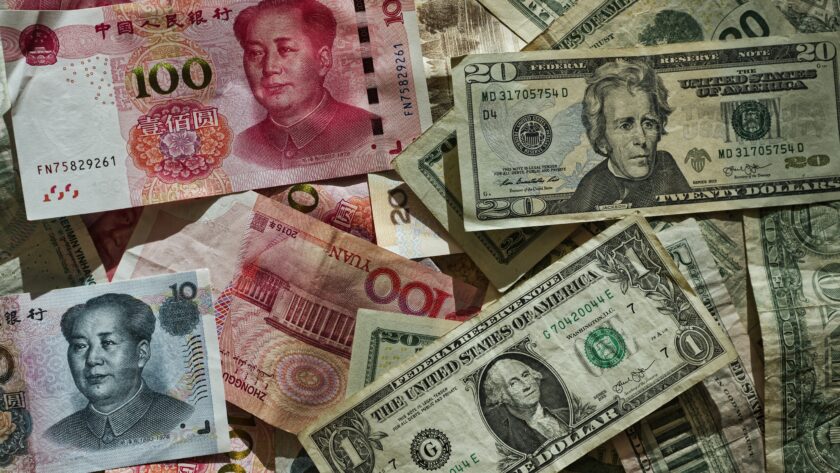





[…] Read another exciting article on China’s trade protectionism here! […]